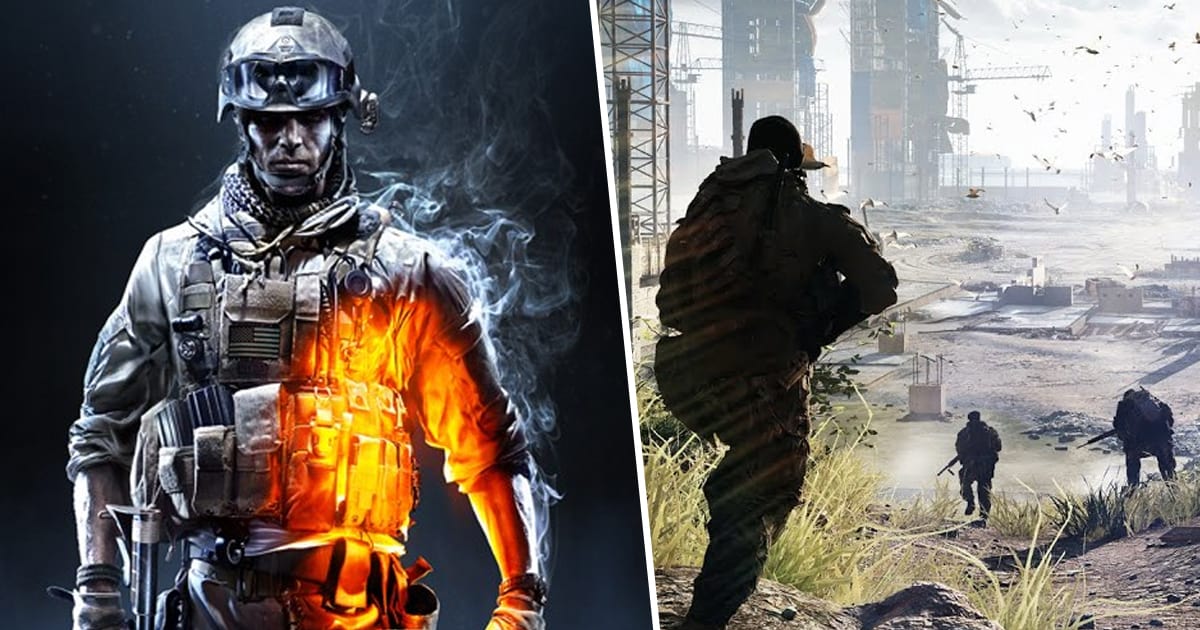As the gaming world eagerly anticipates the release of Battlefield 6, bringing with it the promise of exhilarating new battlefields and, crucially, beloved classics, the developers at Battlefield Studios have pulled back the curtain on a surprisingly intricate aspect of modern game development: remastering maps. It turns out, breathing new life into legendary arenas like Battlefield 3`s Operation Firestorm is not merely a technical exercise, but a delicate dance with player nostalgia.
The Rose-Tinted Reality: When Memory Meets Modern Code
When design director Shashank Uchil candidly stated, “You wouldn`t believe how difficult it is” to remaster maps, he wasn`t referring to the intricate texture work or the colossal computing power required to render every blade of virtual grass. While those are certainly non-trivial tasks, the true nemesis of the remastering process lies elsewhere: in the players` own memories. Battlefield 3 launched a staggering 14 years ago, in 2011. Over a decade later, the collective memory of “Operation Firestorm” has been meticulously polished by the inexorable march of time and, let`s be honest, a good dose of selective recollection.
Players often recall these maps through “rose-tinted glasses,” a phenomenon where past experiences are remembered as significantly more positive than they might have been in reality. This isn`t a critique of player sincerity; it`s a fundamental aspect of human psychology. When a developer attempts to recreate a map, they`re not just rebuilding geometry; they`re attempting to evoke a feeling, an echo of a bygone gaming era. The irony, of course, is that the very elements players cherish might have been less perfect than their nostalgia suggests.
Evolving Battlegrounds: Destruction, Weapons, and the “Fine Line”
Beyond the psychological labyrinth of player expectation, tangible technical hurdles compound the challenge. Modern game engines, like the one powering Battlefield 6, come equipped with advanced destruction systems and vastly different weapon mechanics compared to their predecessors. What does this mean for a map like Operation Firestorm, originally designed for Battlefield 3`s capabilities?
Consider the core gameplay loop. A destruction system that allows buildings to crumble realistically can fundamentally alter choke points, sightlines, and tactical approaches that were once static. Similarly, updated weapon ballistics, recoil patterns, and gadget functionalities can shift the meta-game entirely. As producer Jeremy Chubb succinctly put it, developers must walk a “fine line.” They aim to realize the beloved experience players remember, yet simultaneously evolve it to embrace the new ideas and features intrinsic to Battlefield 6.
To simply port the old map without modifications would be to disappoint. Players might lament the lack of modern fidelity or the incongruity with the new game`s mechanics. Yet, to deviate too far risks alienating the very fans seeking that nostalgic touch. It`s a high-stakes balancing act: how much change is too much, and how little is too little?
The Art of Recreation: More Than Just a Copy-Paste
The developer`s task, then, is not to create a carbon copy, but an interpretation. It’s about understanding the core essence of what made a map great – its flow, its key engagement areas, its iconic landmarks – and meticulously adapting these elements to a new technological and gameplay paradigm. It requires an intimate understanding of both the past and the present iterations of the franchise, ensuring that the remastered map feels both familiar and fresh.
Battlefield 6 is set to launch with nine multiplayer maps, including the revitalized Operation Firestorm. Furthermore, whispers from datamining efforts suggest that other fan favorites, such as Propaganda from Battlefield 4, Talah Market from Battlefield 3, and Downtown from Battlefield Hardline, might also be slated for future remastering. These potential additions underscore the ongoing commitment to blending the new with the revered old, a strategy that will continue through Battlefield 6`s seasonal DLC model, which promises to expand the game`s map pool and features long after launch.
Launching October 10 for PC, PS5, and Xbox Series X|S, alongside a new battle royale mode in development, Battlefield 6 is poised to deliver a comprehensive experience. But next time you`re storming across a familiar landscape in its remastered glory, perhaps spare a thought for the developers who painstakingly navigated the treacherous waters of nostalgia, striving to deliver not just a map, but a perfected memory.
Remastering maps in Battlefield 6 is a testament to the intricate relationship between game development and player experience. It’s a craft that demands technical prowess, an artistic eye, and a profound respect for the community`s cherished memories. The “difficulty” lies not in the code itself, but in pleasing the ghost of a glorious past while building an exciting future.

